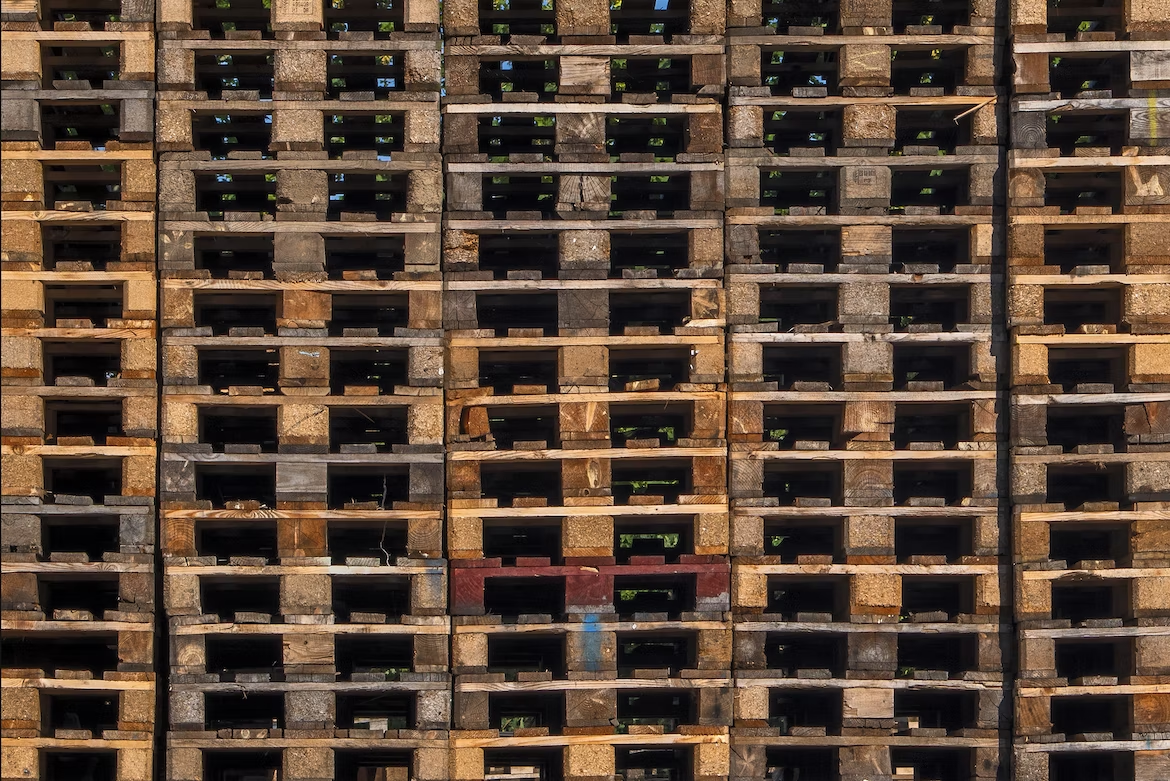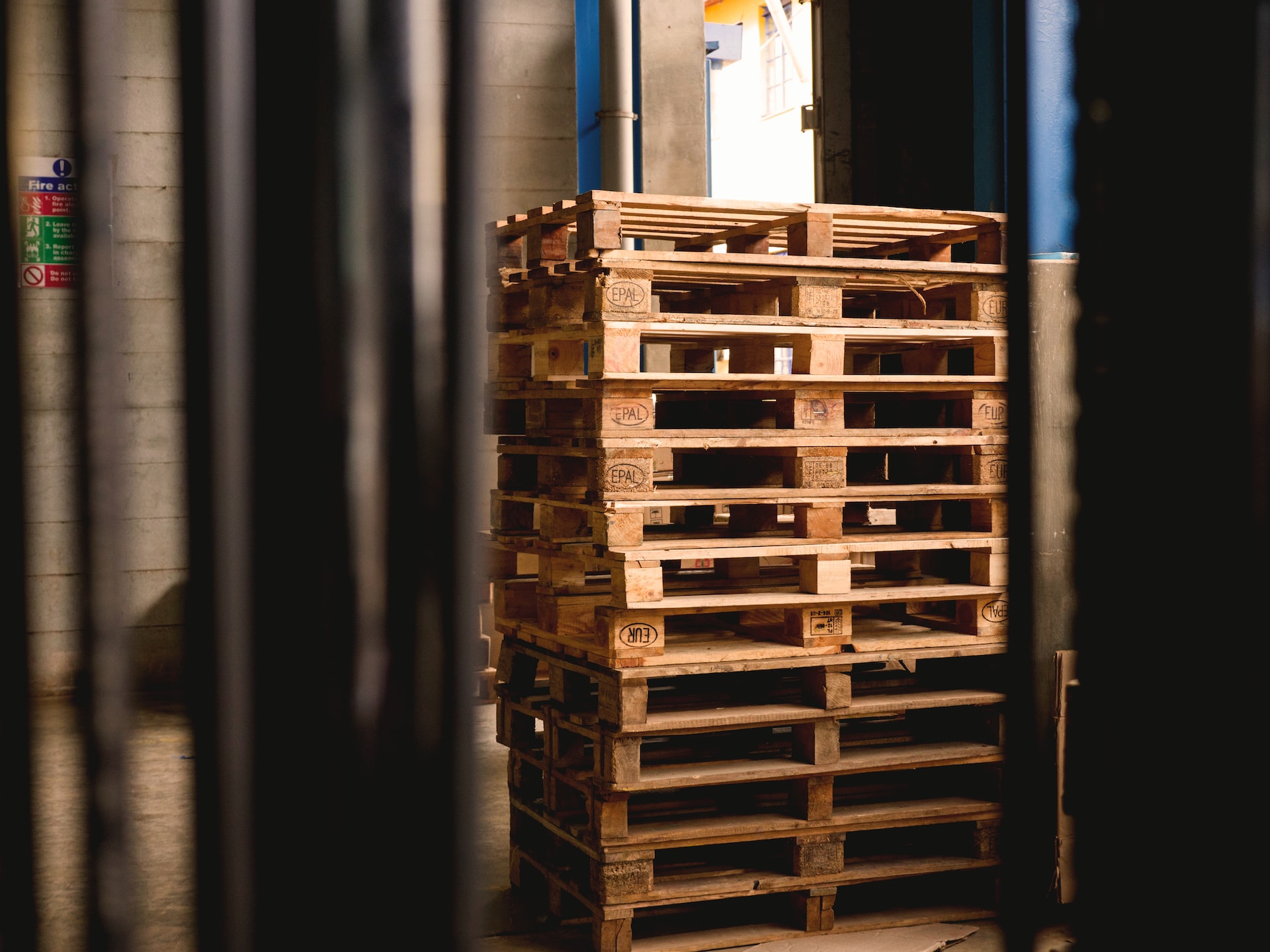Palletization is the practice of loading products or commodities into pallets. The pallet acts as a foundation for the items and materials being transported, which facilitates their safe and easy storage, handling, and transit as a unit load. Palletizing your business’s goods appears to have numerous advantages. A few of the many benefits of pallet patterns in business are listed below.

Saves Time
Loading the pallet takes up the majority of the process’s time. Luckily, there are companies that provide resources for these things. When attempting to achieve a steady load that effectively fills the pallet area, checking their short guide to palletizing patterns is necessary because a lack of consistent patterns is a common mistake that further slows this process down to trying to load multiple separate cartons onto a single pallet. Simply by using the same size boxes, quicker pallet loads can be accomplished. As a result, time won’t be wasted figuring out where to put each carton to make the best use of the pallet. The task will be significantly simplified if all of the cartons on a pallet are the same size.
Increase the Pace of the Order Preparations
Consumers anticipate getting their shipment as quickly as feasible when they order goods. Speed is paramount in the retail industry, especially for quickly consumed consumer products. The fast-moving consumer goods (FMCG) practically fly off the shelves of stores. Thus employees of supermarkets require a steady supply of products to restock them. When you utilize standard pallets and containers, your personnel can arrange each order neatly and prepare it for shipping. They would need to think about how to fit each box and make sure the stack on top of the pallet does not tumble over if they did not use techniques for optimizing pallets and professional packing materials.
Enhance Safety during Loading and Unloading
The majority of workplace accidents that occur in warehouses are the result of workers handling loaded pallets. If the stack of products on the pallet is not solid and adequately secured, the crates and containers on top of it may slip and tumble, causing your employees to be injured. When this happens, you are responsible for paying the medical bills and offering compensation to every wounded worker you employ. These mishaps will almost entirely disappear as soon as they are instructed to implement pallet optimization strategies. When loaded correctly with crates with the same footprint, a pallet is sturdy and may be moved around without risk of injury.
Reduce the Costs of Your Shipments
The optimization of pallets is essential not only in the warehouse but also while they are in transportation. If you stack the products on your pallets, so they are tightly packed, they will take up less room within the trailer and will be easier to transport. As a result, the shipping rates you pay will be lower; over time, you may be able to determine better how to price your products. In this manner, you gain an advantage in two different spheres: controlling costs and gaining a competitive edge in the market.
Rids Off Unnecessary Stuff
Get rid of everything that cannot be stored on a pallet correctly. These are typically worn-out crates made of cardboard and wood that you have kept lying around out of routine. This previous generation of packages was never intended to meet the specifications for pallet optimization when they were first developed. Before they were beneficial, there was significantly less activity along the global supply chain than now. The number of participants in international trade was far lower, which resulted in cheaper logistical expenses. Speed and cost constraints are the two most important factors to consider. And one of the competitive tools at your disposal for winning this game is the implementation of methods that optimize the use of pallets.
Minimize Operational Losses
Losses are incurred in the event of any accident that involves an unstable stack of products on the pallet. The products loaded onto the pallet may suffer damage and will no longer be suitable for sale. It is inevitable that the materials used for packaging boxes, crates, etc. will become damaged and require either repair or replacement. You are going to be out the money that you have to pay out as compensation if there is someone who gets hurt. This is why so many businesses include pallet optimization in their warehouse operations. Its logistic managers noticed a significant decrease in these losses and discovered inventive ways to put the money they saved as a result toward the expansion of the company.
Optimizes Space
The need for a first in, first out (FIFO) or a last in, first out (LIFO) structure will determine which structure will store pallets in the warehouse and distribution center. When it comes to storing time-sensitive and perishable goods, FIFO methods are generally considered superior to LIFO methods. On the other hand, LIFO methods are more advantageous in high-density storage circumstances. The most fundamental method of storing pallets is known as block stacking, which involves piling laden pallets one on top of the other and arranging them in lanes. This approach is usually most effective when there are few pallets to store and a limited amount of time to manage those pallets. Decks and poles come together to form racks that can store pallets. During hectic times, stacking frames can carry extra pallets for convenience. Warehouses with high ceilings lend themselves well to utilizing stack racks. A single deep racking system can be expanded into a double deep racking layout by adding back-to-back pallet rows. These layouts are beneficial for high-density storage facilities like warehouses. High-density storage and the ability to select items are brought together in push-back racks, which consist of a stationary rack structure with carts that move along rails.

Your warehouse’s pallet sizes should always be the same to maximize efficiency. When all pallets used to transport a shipment are the same size, the cargo can be packed in as efficiently as feasible. And that’s not all of it. While organizing your containers and boxes, you should make the most of the surface area of each pallet and the stacking height available to you. Pro packaging firms always look for new ways to aid their clients’ logistical processes. As a result of this need, standard packaging materials were created and introduced to facilitate increased productivity and improved logistical operations via pallet optimization.
















